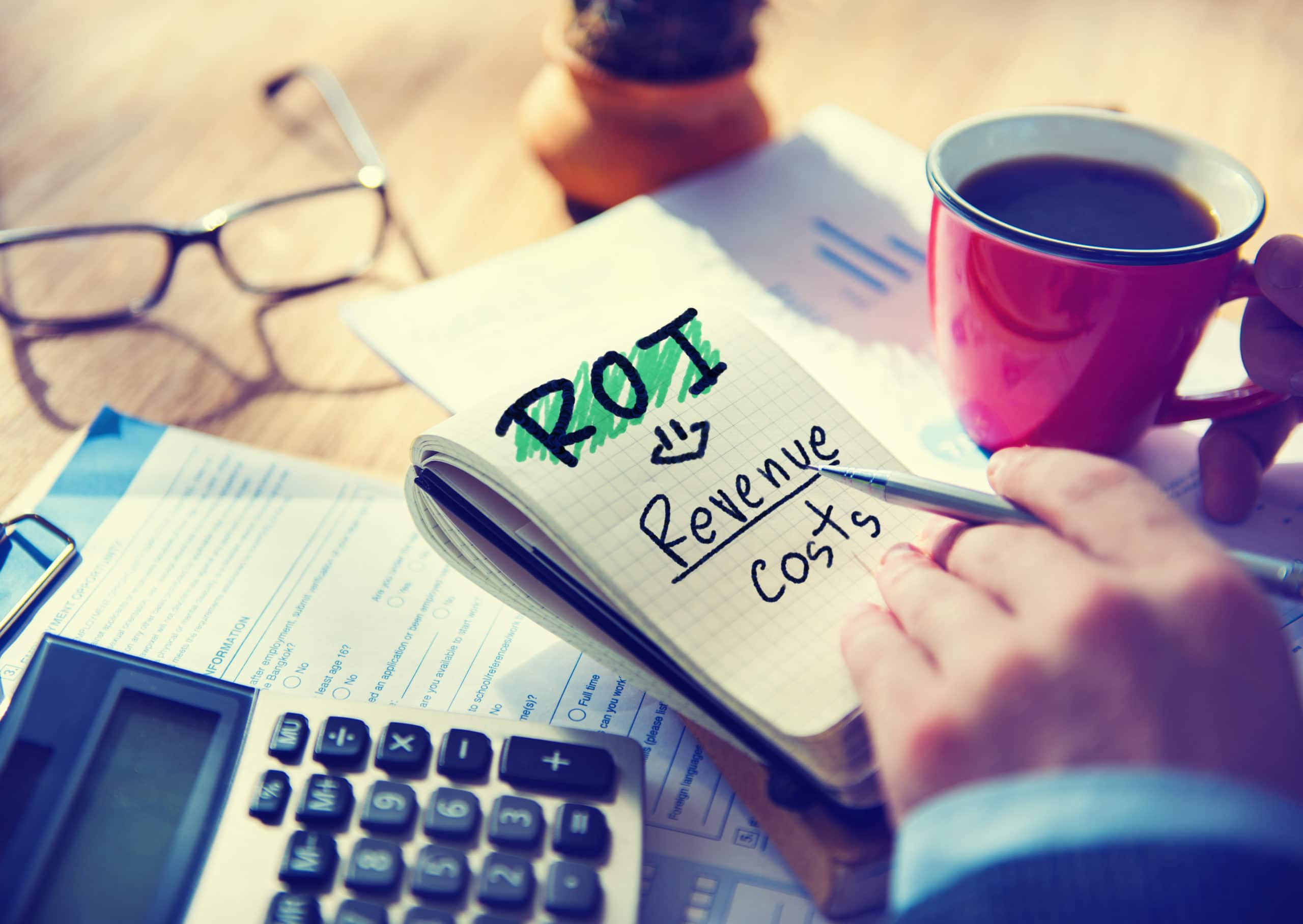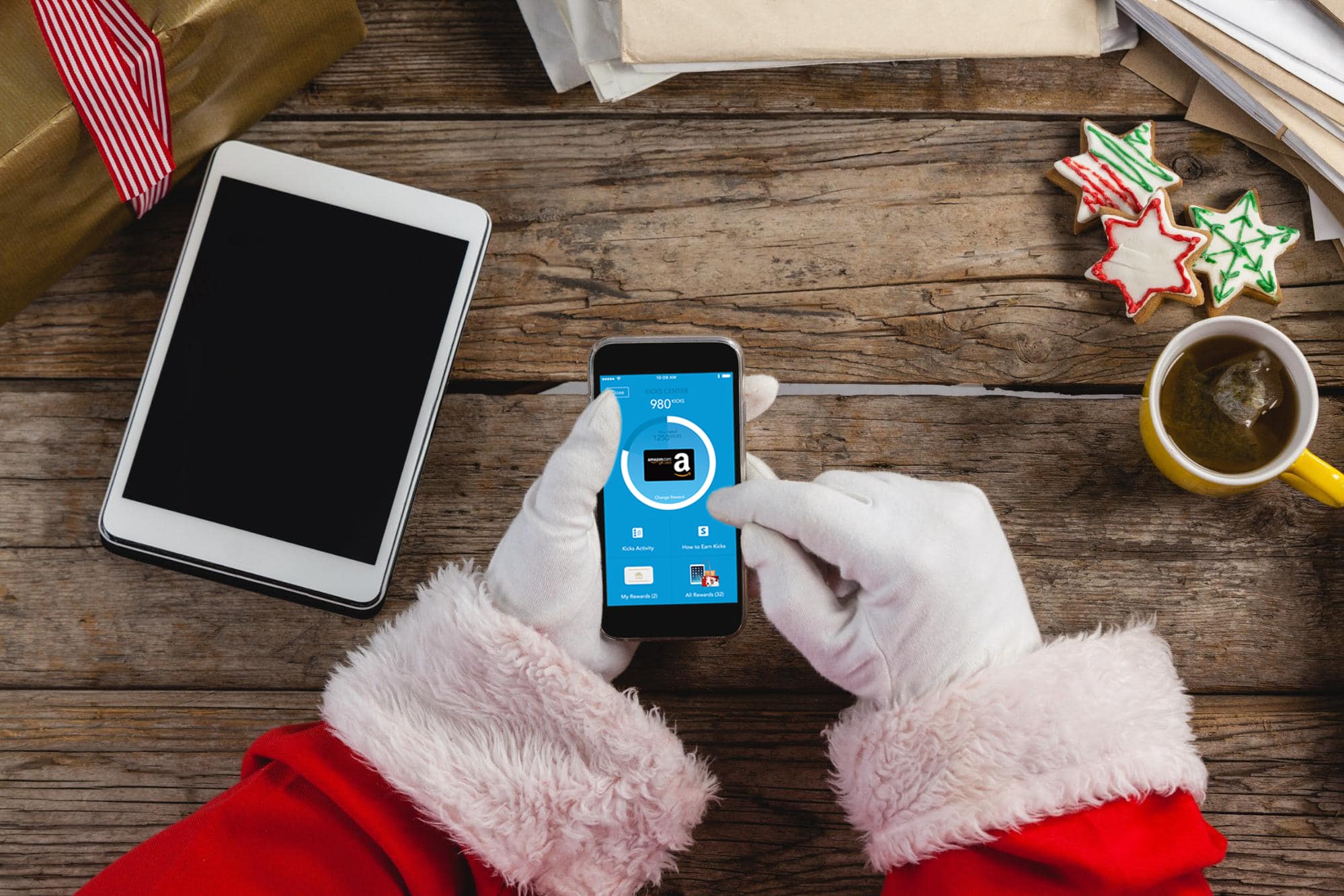The Best Brand Awareness Campaign Ideas for 2018
Building brand awareness in the modern marketing era is no easy feat. Ironically, it’s because there’s almost too much opportunity to build it. The once high expense of advertising acted as a gatekeeper. However, thanks to the rapid rise of technology and innovative marketing mediums, consumers are now exposed to up to 5000 ads per day compared to only 500 in the 1970s.
Television, newspaper, and radio ads used to be the most effective options for marketing branded content. Then came the introduction of internet-connected devices continuously pushing branded advertising. As a result, marketing professionals looking for opportunities to gain brand awareness in 2018 are at the forefront of a new era in advertising, one with a much lower barrier to entry.
Brand awareness has become less about how much a company is willing to spend and more about how well content connects with consumers, regardless of budget. If your marketing team is trying to expand brand awareness or market share in 2018, you’re likely going to have to consider options that were unheard of even a few decades ago.
Advances in all realms of technology have companies rushing to adopt the latest high tech approaches to gaining an audience’s attention. However, some of the best brand awareness campaign ideas for 2018 aren’t going to be high expense advertisements. Instead, they’re going to be designed around personalizing the consumer’s experience by traveling with them and reaching them right where they are.
Targeted, Not Big, Advertising for the Best 2018 Brand Awareness Campaigns
Back in 2004, Chanel No. 5 earned a Guinness Book of World Records slot for creating the most expensive marketing campaign ever. The star-studded, four minute long film cost $33 million to create and certainly garnered a lot of attention during its release. Primarily displayed in movie theaters prior to feature films, the advertisement was successful in creating brand recognition for the iconic perfume among a new generation.
This is a prime example of big advertising, where the goal of the ad is to create buzz throughout the industry. However, it’s also a huge risk. Chanel could only afford to do such a massive campaign because they already had an extensive, recognizable brand. For the most part, these major advertising campaigns won’t work for smaller brands because:
The ROI is limited:
The math for the ROI on Chanel No. 5’s commercial is pretty simple. The commercial cost them $33 million to make. The cost per bottle of perfume is around $130. To break even on the commercial, the company would have to sell about 255,000 units. That’s an extremely high break-even threshold that most smaller brands offering products at a lower price point can’t reasonably hope to meet.
The audience isn’t targeted:
Big advertising means a broad audience. It’s a bit like that old saying about fishing with dynamite. While the ad may get exposure to a giant audience, only a percentage of that audience is interested in buying the product. Without targeted marketing, consumers don’t feel a personal connection to a brand.
Consumers’ attention spans are getting shorter:
Commercials are short for a reason. According to a Microsoft study, the average human attention span is about 8 seconds when it comes to advertisements. That’s down from ten seconds in the early 2000s. Much of this can be directly attributed to increased competition for consumers’ attention. In 2004, when the Chanel advertisement came out, the iPhone was still three years away from being released, so cell phones posed less of a distraction than they do now.
Big advertising to a mass market may no longer be the most viable option for most smaller brands seeking brand awareness to increase market share. Larger brands, as well, may need to complement their above the line ad campaigns. In general, brands need to shift their thinking from making a large impact with a single, oversized campaign to making a hundred smaller, more personalized impacts with repeated interaction on social media platforms such as Facebook, Instagram, and mobile apps. With the technological resources available today, this can be done inexpensively and has the potential to reach a far more targeted audience.
Advertising in the modern media age should center around capitalizing on shorter attention spans and the consumer’s desire for more meaningful interaction. This approach works for brand awareness campaigns because it offers:
- Highly target audiences: Expanding the focus from mass media to social media allows you to better target campaigns based on demographic and prior purchase behaviors.
- Increased ROI: Using less costly tactics – that are still highly effective – increases ROI
- Shareable content: Social media allows consumers to share your marketing material, organically increasing brand awareness with no additional investment required.
Micro Mobile Moments Are Behind the Best Brand Awareness Campaigns
The average consumer touches their phone an astonishing 2,617 times a day. Sometimes it’s only for a few seconds to check an email. Other times, it’s to look something up online, watch a video, check social media, or send a text. Nearly every one of these moments, though, is an opportunity to market. Brands can use these micro mobile moments to quickly connect with consumers and build brand awareness.
Goodyear is a company that has capitalized on these micro moments. Instead of focusing on advertising, they focused on catching consumers’ attention during these tiny slots of time when users turned to their phones for information. When consumers type in a phrase like “how do I change a tire” or “how much should a rotation cost me,” results from Goodyear are prominent.
While the company doesn’t use these opportunities to directly advertise their services, their answers are branded with their logo. This approach naturally increases brand recognition by offering a memorable and, most importantly, personalized moment. When a consumer is looking for information about a product or service, the brand that provides the answers is the one that gets to capitalize on that moment.
Micro mobile moments offer brand recognition through repetition. By leveraging mobile opportunities, your brand can create a campaign that connects with the right audience at the right time, even if only for a moment. This approach is one of the best brand awareness campaign ideas for 2018 because:
Repetition is king when it comes to brand awareness:
Repetition through micro moments increases brand recognition—and consistently reinforces that awareness.
It approaches consumers where they are—their smartphones:
This approach leverages the personal device most consumers use to research products.
Your brand gains trust points:
By answering consumers’ questions, you’re able to present your brand as a subject matter expert, which doesn’t just increase a consumer’s awareness but improves consumer opinion of your brand.
However, micro moments aren’t entirely dependent on mobile search. In fact, mobile-based apps can offer an even greater opportunity to connect with consumers.
App-Based Opportunities in Building Brand Awareness Campaigns in 2018
Building brand awareness via apps can be done one of two ways. Either the company can create a branded app or they can leverage an existing third-party app. Branded apps are designed specifically for your brand, which sounds like a benefit. However, they’re challenging to get consumers to adopt. In fact, 75% of apps are downloaded once and never used again.
Unless you’re in a position where you’re able to create a unique, useful app that prominently displays your brand, it’s unlikely that you’ll see significant success with a branded app. For the most part, consumers don’t use branded apps focused on a single brand or product regularly, the exception possibly being retail stores such as Target and Walmart as their offerings are more diverse.
While number of downloads is the primary metric for many companies, average daily users is a far more useful number. This is the key to success when you’re leveraging mobile apps for marketing as 24% of apps downloaded in 2017 were only used once. As such, instead of using a branded app, companies instead may piggyback on an existing app, partnering with a third party that has an already established audience. This allows the brand to instantly gain access to a high volume of average daily users, easily increasing brand recognition within a highly targeted audience.
When choosing a third party app to represent your brand, you should consider the following elements:
Relevancy to your brand and product offerings:
When you partner with a third-party app, it needs to be relevant to your brand and fill a need for your consumers. Disney Parks did this when they partnered with Lyft for their Minnie Vans program. The promotion used the Lyft app to provide transportation to Disney Parks.
A targeted demographic:
Before your brand partners with an app, thoroughly understand its demographics and break it down to its niche audiences. It’s no longer enough to focus on gender or generations. Mobile apps offer the opportunity to understand your audience on a deeper level. Individuals often access these apps by signing in through social media, which shares info not just about gender and age, but also about marital status, if the user has children, prior purchases, income, and more. When choosing a partner app, confirm that your brand can access that data to give you a very specific picture of their average user.
Timely marketing opportunities:
Ideally, you want to be able to leverage the app at the right time. So, while gaming or social media apps might be popular among consumers, they aren’t used for a specific task. However, a consumer who uses a shopping app while grocery shopping is motivated to buy and therefore an extremely valuable audience for gaining brand awareness—and converting that awareness into market share.
Permissive use for marketing:
While social media apps are filled with active, regular users, these users aren’t there to be marketed to, they’re there to be social with friends and family. As such, heavily pushing advertisements to consumers on these apps is often frowned upon. However, apps specifically designed for consumers seeking out purchase options, like shopping apps, are ideal. Consumers using these types of apps are open to advertisements—that’s the reason they signed up for the shopping app in the first place.
Shopping apps are particularly effective at gaining brand awareness as they fulfill each of these components, facilitating interactions between brands and consumers. Shopping apps also travel with the consumer throughout their day via their smartphone. And a partnership with a popular, well-respected app allows for successful cross-marketing opportunities.
Consumer dependence on technology has inevitably changed the world of advertising. Brands are presented with thousands of opportunities every day to use that to their advantage for building successful awareness campaigns. In 2018, the ideal way to leverage those opportunities is via third-party shopping apps. Consumers are already using mobile devices to assist them in choosing products; mobile shopping apps make it easy to then incentivize purchase and increase your market share—the ultimate goal of most brand awareness campaigns.



 However, the question needs to be asked if this strategy offers the kind of brand awareness and market growth companies are seeking—or if marketing professionals are erroneously choosing coupon advertising as a marketing mainstay because it appears safe. When we do the math, we can clearly see that the average ROI on mobile coupon advertising isn’t quite as high as many brands may hope.
However, the question needs to be asked if this strategy offers the kind of brand awareness and market growth companies are seeking—or if marketing professionals are erroneously choosing coupon advertising as a marketing mainstay because it appears safe. When we do the math, we can clearly see that the average ROI on mobile coupon advertising isn’t quite as high as many brands may hope. 
